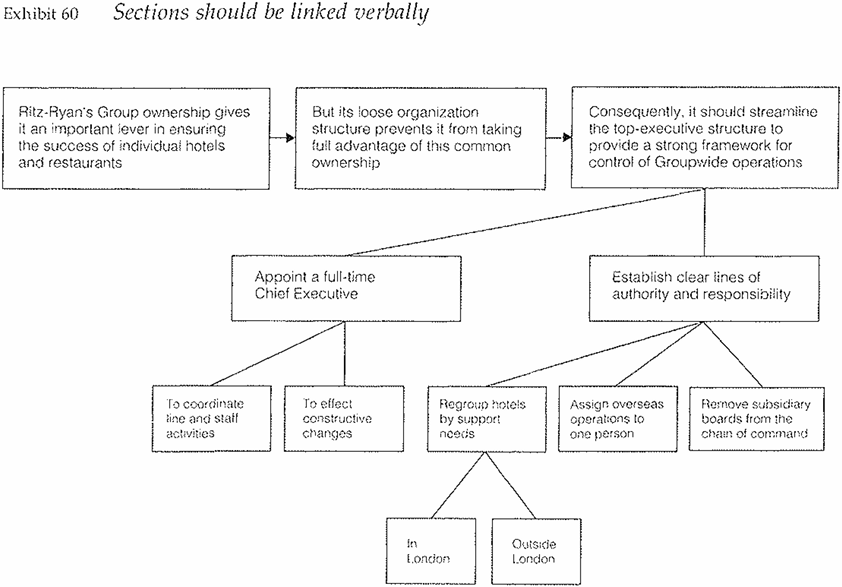

Grammar


Tenses


Present

Present Simple

Present Continuous

Present Perfect

Present Perfect Continuous


Past

Past Continuous

Past Perfect

Past Perfect Continuous

Past Simple


Future

Future Simple

Future Continuous

Future Perfect

Future Perfect Continuous

Passive and Active


Parts Of Speech


Nouns

Countable and uncountable nouns

Verbal nouns

Singular and Plural nouns

Proper nouns

Nouns gender

Nouns definition

Concrete nouns

Abstract nouns

Common nouns

Collective nouns

Definition Of Nouns


Verbs

Stative and dynamic verbs

Finite and nonfinite verbs

To be verbs

Transitive and intransitive verbs

Auxiliary verbs

Modal verbs

Regular and irregular verbs

Action verbs


Adverbs

Relative adverbs

Interrogative adverbs

Adverbs of time

Adverbs of place

Adverbs of reason

Adverbs of quantity

Adverbs of manner

Adverbs of frequency

Adverbs of affirmation


Adjectives

Quantitative adjective

Proper adjective

Possessive adjective

Numeral adjective

Interrogative adjective

Distributive adjective

Descriptive adjective

Demonstrative adjective


Pronouns

Subject pronoun

Relative pronoun

Reflexive pronoun

Reciprocal pronoun

Possessive pronoun

Personal pronoun

Interrogative pronoun

Indefinite pronoun

Emphatic pronoun

Distributive pronoun

Demonstrative pronoun


Pre Position


Preposition by function

Time preposition

Reason preposition

Possession preposition

Place preposition

Phrases preposition

Origin preposition

Measure preposition

Direction preposition

Contrast preposition

Agent preposition


Preposition by construction

Simple preposition

Phrase preposition

Double preposition

Compound preposition


Conjunctions

Subordinating conjunction

Correlative conjunction

Coordinating conjunction

Conjunctive adverbs


Interjections

Express calling interjection


Grammar Rules

Preference

Requests and offers

wishes

Be used to

Some and any

Could have done

Describing people

Giving advices

Possession

Comparative and superlative

Giving Reason

Making Suggestions

Apologizing

Forming questions

Since and for

Directions

Obligation

Adverbials

invitation

Articles

Imaginary condition

Zero conditional

First conditional

Second conditional

Third conditional

Reported speech


Linguistics

Phonetics

Phonology


Semantics


Pragmatics

Linguistics fields

Syntax

Morphology

Semantics

pragmatics

History

Writing

Grammar

Phonetics and Phonology


Reading Comprehension

Elementary

Intermediate

Advanced
TOTAL QUALITY MANAGEMENT
المؤلف:
BARBARA MINTO
المصدر:
THE MINTO PYRAMID PRINCIPLE
الجزء والصفحة:
183-10
2024-09-30
272
Well, you've now gone out and Benchmarked yourself, you've adopted Activity-Based Management as your mantra, and you may even have achieved competitive advantage. Can you now relax and fed confident about the way you are running your company? Not if you are still operating the same old Total Quality Management process we began this journey with. Because now the question is, Will you be able to hang on to your competitive advantage? The answer is probably not, unless you bring your TQM processes in line with your current approaches. What does that mean you will have to do differently?
In each case you can see that we followed the Situation-Complication-Question form of the initial introduction at the beginning of the document, but reduced its scope to match where the reader was standing as you begin each new story. Regardless of where the introductory story lies, it should always contain only information that the reader already knows or will agree with you is true.
The technique of referencing backward consists simply of picking up a word or a phrase or the main idea of the preceding portion of the pyramid that you are linking, and using it in your opening sentence. You are probably familiar with the technique in transitions between paragraphs. For example:
No single executive has full-time responsibility for directing
Group a Hairs. The absence of necessary leadership and coordination
for senior operating and staff executive results in ... (list of problems).
The problems stemming from lack of full-time Leadership are compounded by overlapping or unwieldy responsibility assignments.
You follow precisely the same technique at the beginning of a new section, a new subsection, or sometimes a new set of support points. Suppose you had just finished a section telling the Ritz-Ryan hotel chain that it was not taking full advantage of its common ownership of many hotel, restaurant and catering operations. You are about to start a new section outlining the structural weaknesses that keep it front being able to act as it should, and you have a pyramid like that shown in Exhibit 60.

Your linkings, referencing backward, might read as follows:
Between the first two sections
The current top executive and board structure suffers from two major shortcomings that severely limit the degree to which Ritz-Ryan can take advantage of its combined resources.
Between the two subsections
In addition to appointing a Group Managing Director; Ritz-Ryan should make a number of changes in the executive structure to establish short, clear lines of authority and responsibility.
Between the two support points
Just as only a full-time Chief Executive can coordinate line and staff activities effectively, so only a full-time Chief Executive can provide the steady, strong, and relentless pressure needed to bring about improvements throughout the organization.
I'm sure you see the technique. The point is to make the transitions unobtrusive yet clear; primarily through picking up the key word or phrase and carrying it forward. You are, of course, carrying it forward to connect with the major point of the next section, which has already been introduced briefly in the "explanation" part of your original introduction. Thus, here you need not lead up to it with a "story" as you did previously, since your reader now presumably has as much information as he needs to understand the points. You do, however, need to introduce the grouping of ideas to come under each section, and explain how they support its major point.